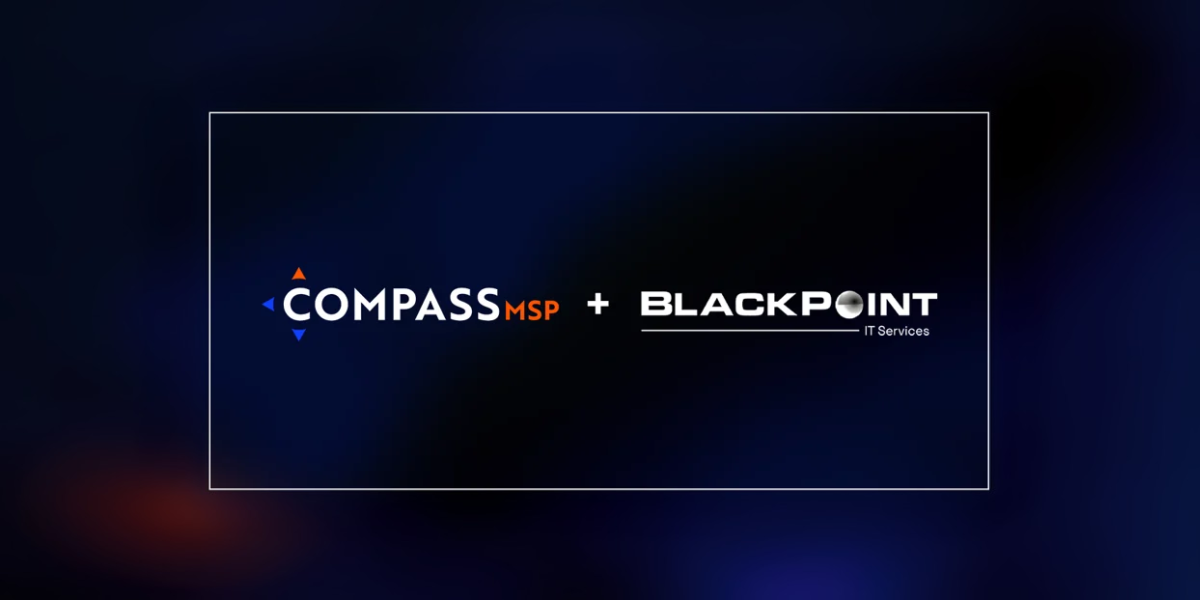Are you aware that your own employees could unknowingly be putting your valuable data at risk?
According to the World Economic Forum, human error is responsible for a staggering 95% of cybersecurity breaches.
“Social engineering” cyberattacks are increasingly common and can wreak havoc on your business's security. But they’re easier to prevent than you might think . That’s why businesses of all sizes should understand exactly what a “social engineering” attack is, why it matters – and, most important – how you can stop it.
What is Social Engineering?
Social engineering is a deceptive tactic used by cybercriminals to manipulate individuals into divulging sensitive information or performing actions that compromise security. It often involves psychological manipulation and relies on human error rather than technical vulnerabilities. These tactics most commonly include things like:
- Phishing - Phishing or Vishing (Phishing via voicemail) is considered the most prevalent tactic. Using confusing or deceptive emails, texts, social media posts, phone calls, or landing pages, cybercriminals get employees to click links or provide personal and organizational information.
- Malware - Employees may receive an email or text that seems safe, but actually tricks them into downloading files that turn out to be malware (or ransomware) directly to their devices.
- Pretexting - This attack involves criminals disguising themselves as someone whom the victim may trust – like a government official, bank representative, law enforcement, or team member – in order to get credentials or information they want via email, text, phone, voicemail, etc.
- Baiting - Lastly, this tactic involves offering employees an incentive of some kind, like a gift or freebie, to log into a site and thereby divulge personal and company credentials.
Why Should You Care?
Compromised credentials were identified as the most common initial attack vector in 2022. This means that even the most advanced cybersecurity systems can be rendered ineffective if employees are not adequately trained to recognize and respond to social engineering attacks.
How Can You Stop Social Engineering Attacks?
1. Employee Training and Awareness:- Conduct regular training sessions to educate employees about social engineering tactics, such as phishing, pretexting, and baiting.
- Teach employees how to identify suspicious emails, phone calls, or messages and encourage them to report such incidents promptly.
- Emphasize the importance of not sharing sensitive information with unverified individuals or over insecure channels.
- Develop and enforce clear security policies that outline procedures for handling sensitive information, verifying identities, and responding to social engineering attempts.
- Implement a policy of the least privilege, restricting access to sensitive data only to those who need it for their job functions.
- Implement MFA for accessing critical systems and accounts to add an extra layer of security, making it harder for attackers to gain unauthorized access even if they have obtained login credentials through social engineering.
- Limit physical access to sensitive areas of the organization by implementing access controls, such as key card entry or biometric authentication.
- Train employees to challenge unfamiliar individuals attempting to enter restricted areas without proper authorization.
- Deploy email filtering and scanning solutions to detect and block phishing emails before they reach employees' inboxes.
- Encourage employees to scrutinize email sender addresses, check for suspicious links or attachments, and verify requests for sensitive information through alternate channels.
- Conduct periodic security assessments, including penetration testing and vulnerability scans, to identify and address potential weaknesses in the organization's security posture.
- Develop and regularly update an incident response plan that outlines procedures for responding to security incidents, including social engineering attacks.
- Ensure employees know whom to contact and what steps to take in the event of a suspected social engineering incident.
- At CompassMSP, we understand the unique and overwhelming challenges facing you when it comes to managing your cyber security. It’s our mission to serve as a trusted strategic partner to our clients, getting to know their business inside and out, and advising them on everything from safeguarding against cyber-attacks to meeting industry compliance regulations.
Our approach, known as “The CompassMSP Way,” combines our standards, people, tools, policy, and techniques to deliver timely solutions aligned with our clients' goals. Through our comprehensive services, including employee training, security policy development, and advanced threat detection, we help companies like yours strengthen their defenses against social engineering cyberattacks and more.
Don't let social engineering cyber threats jeopardize your business’s security and reputation. Contact us to learn more about how CompassMSP can help fortify your defenses against this growing threat.






